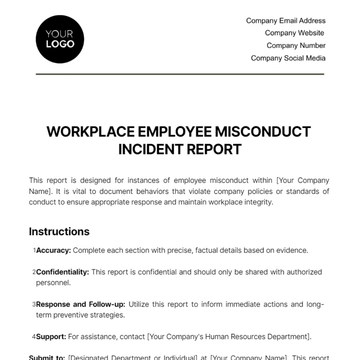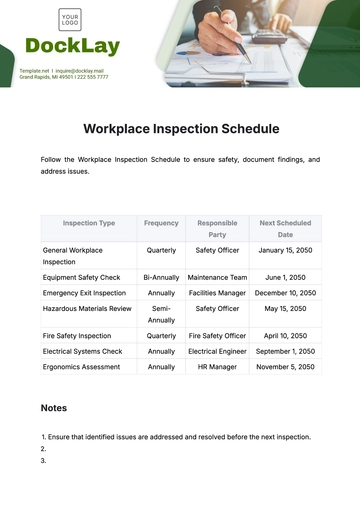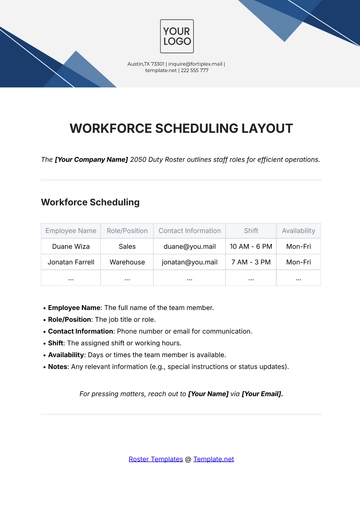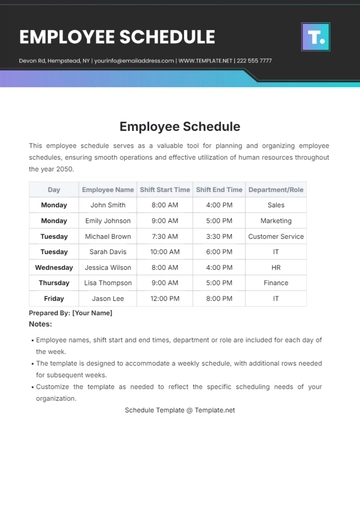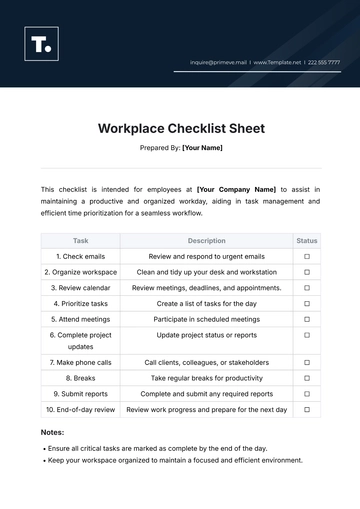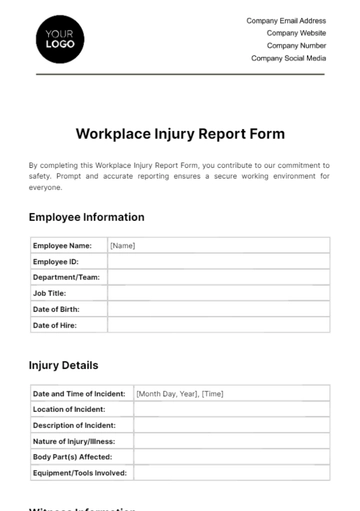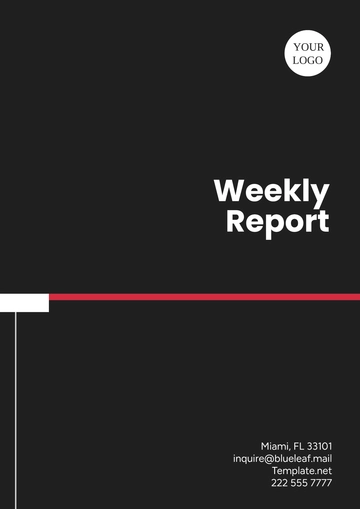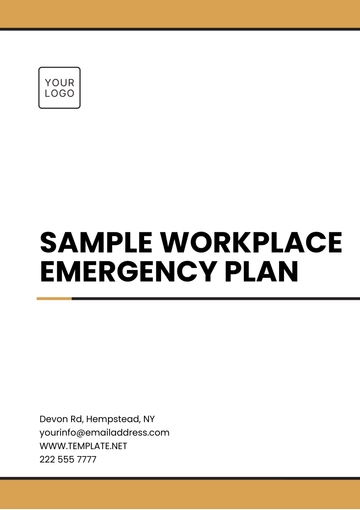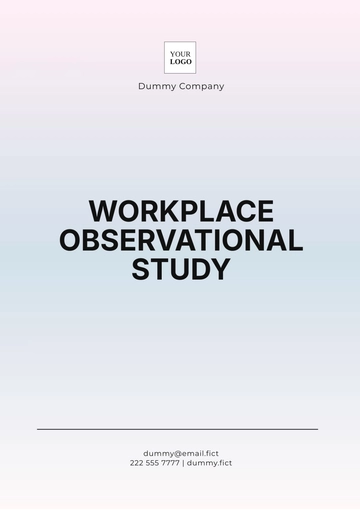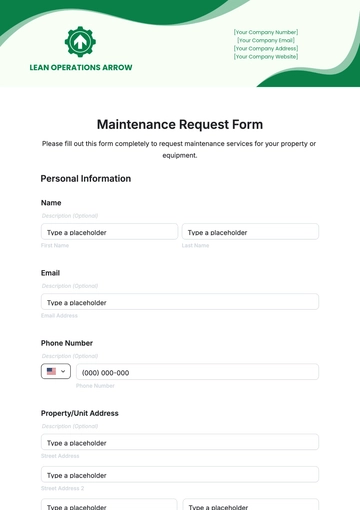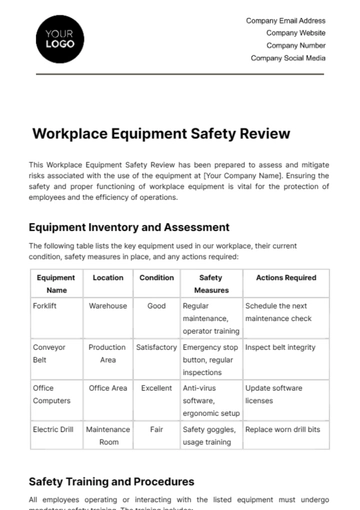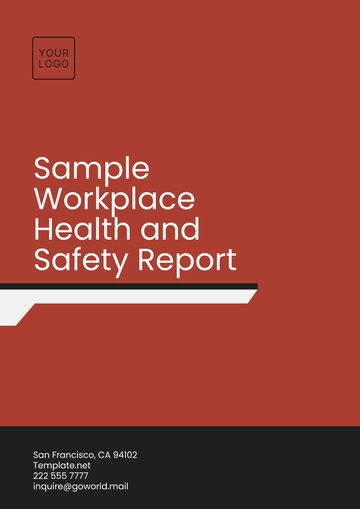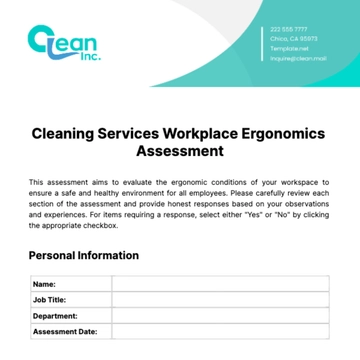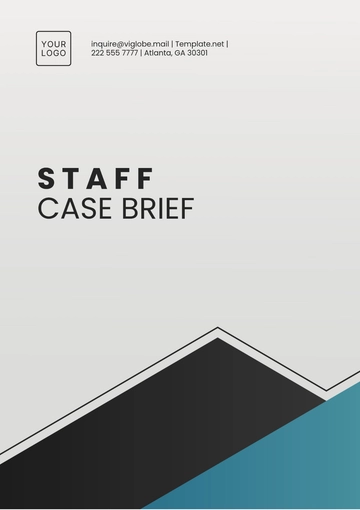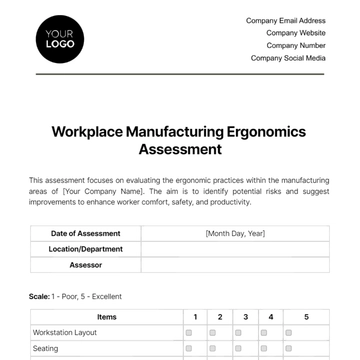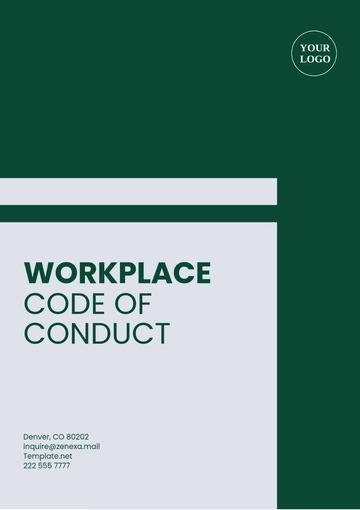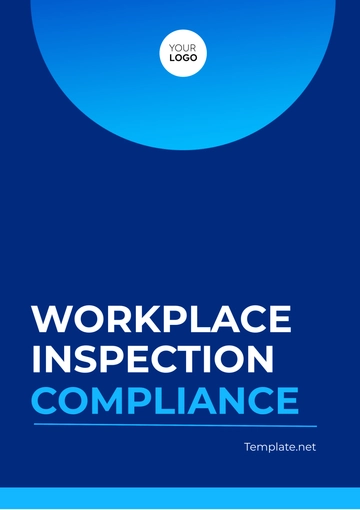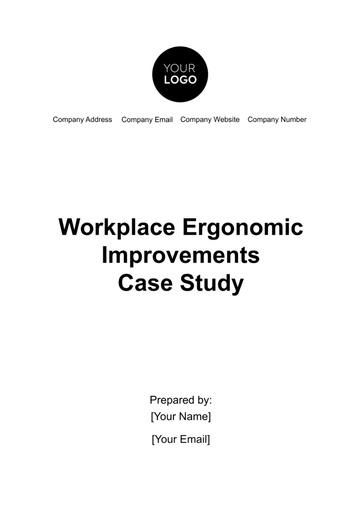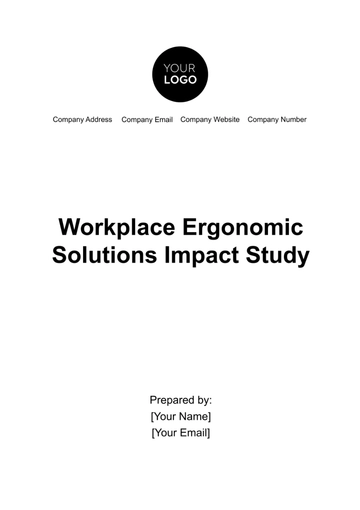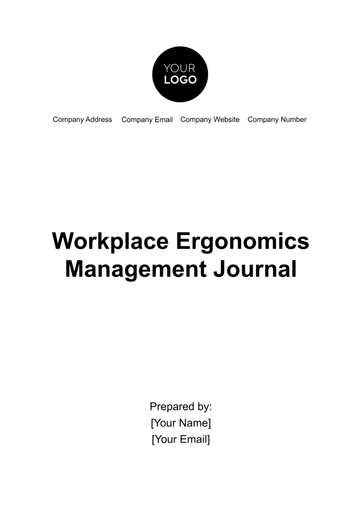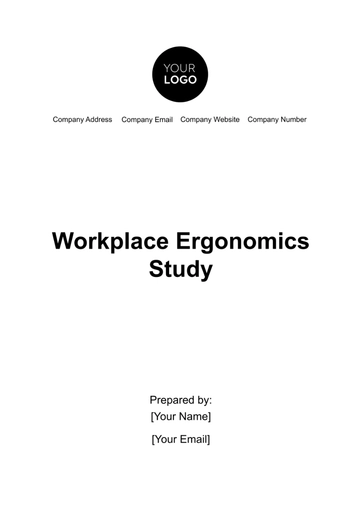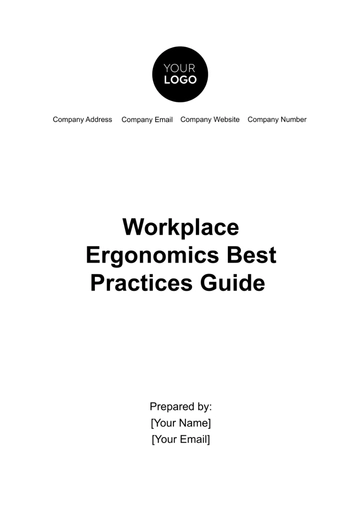Free Staff Case Brief
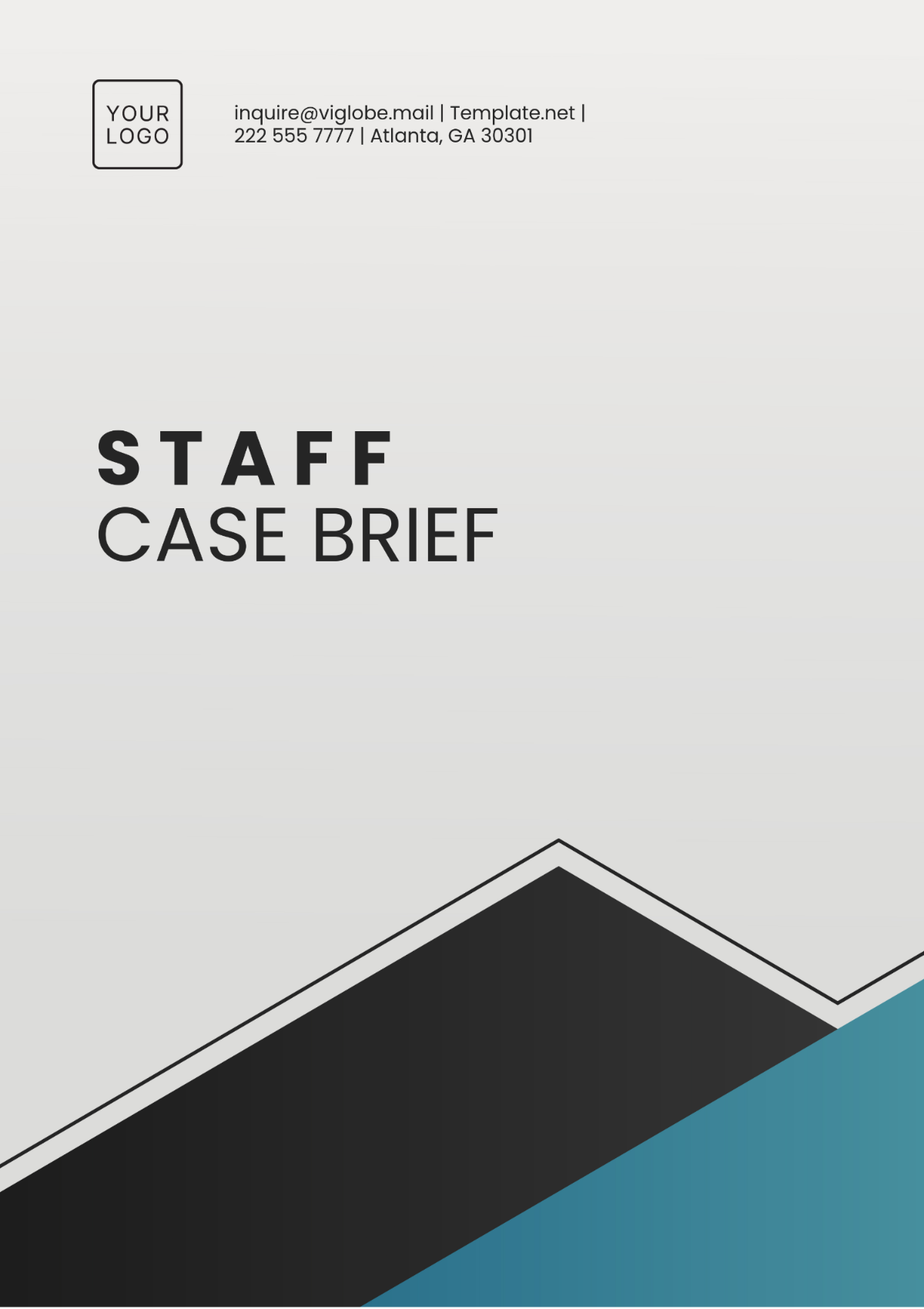
Prepared by: [YOUR NAME]
I. Case Overview
In the seminal case of [CASE TITLE], the Supreme Court of the United States addressed the fundamental principles surrounding freedom of speech under the First Amendment of the United States Constitution. The case arose from a group leader's speech at a rally, where he advocated for violence against certain racial and religious groups. The plaintiff, [PLAINTIFF'S NAME], was convicted under an [STATE NAME] statute prohibiting advocating violence for political reform. The central issue before the court was whether the [STATE NAME] statute violated [PLAINTIFF'S NAME]'s First Amendment rights.
The court analyzed the clear and present danger test and prior precedents to determine the outcome. The decision in this case had far-reaching implications for First Amendment jurisprudence, setting a precedent for future cases involving speech advocating for illegal conduct.
II. Key Facts
Parties:
Plaintiff: [PLAINTIFF'S NAME]
Defendant: State of [STATE NAME]
Factual Background:
[PLAINTIFF'S NAME], a group leader, participated in a rally where he made speeches advocating for violence against racial and religious minorities.
[PLAINTIFF'S NAME]'s speeches were filmed and shown on television.
[PLAINTIFF'S NAME] was subsequently arrested and convicted under an [STATE NAME] statute prohibiting advocating violence for political reform.
III. Legal Issues
The primary legal issues addressed in this case included:
Scope of First Amendment Protection: Whether [PLAINTIFF'S NAME]'s speech advocating for violence was protected under the First Amendment.
Clear and Present Danger Test: Whether the [STATE NAME] statute restricting speech violated the clear and present danger test established in prior Supreme Court decisions.
IV. Arguments
The parties presented the following arguments before the court:
Plaintiff's Argument: [PLAINTIFF'S NAME] argued that his speech was protected under the First Amendment as it did not incite imminent lawless action and did not present a clear and present danger.
Defendant's Argument: The State of [STATE NAME] argued that the statute was constitutional and necessary to prevent violence and maintain public order.
V. Court's Decision
After careful consideration of the arguments and legal precedents, the Supreme Court ruled in favor of [PLAINTIFF'S NAME]. The court held that the [STATE NAME] statute was unconstitutional as it violated [PLAINTIFF'S NAME]'s First Amendment rights. The court established the [PLAINTIFF'S NAME] test, which requires speech to be directed to inciting or producing imminent lawless action and likely to incite or produce such action.
VI. Significance
The decision in [CASE TITLE] holds significant importance in the legal landscape, particularly in shaping the understanding of First Amendment protections for speech advocating for illegal conduct. It serves as a precedent for determining the limits of free speech and underscores the principle that speech can only be restricted if it poses an imminent threat of harm. Law students studying constitutional law can benefit from analyzing this landmark case to gain insights into the balance between free speech rights and public safety concerns.
- 100% Customizable, free editor
- Access 1 Million+ Templates, photo’s & graphics
- Download or share as a template
- Click and replace photos, graphics, text, backgrounds
- Resize, crop, AI write & more
- Access advanced editor
Revolutionize your legal practice with the Staff Case Brief Template from Template.net. This customizable and editable template is meticulously crafted to streamline your workflow. With our intuitive AI Editor Tool, creating comprehensive case briefs has never been easier. Enhance efficiency and precision in your legal documentation today. Elevate your practice with our user-friendly solution.
